Imagery examples can be a powerful tool of communication used in literature, TV, art, music, and other mediums. It’s used in writing and storytelling to help readers and listeners connect with characters or events on a more personal level.
There are many different types of imagery that we will cover in this article, including examples of imagery for each type.
Different types of imagery come together to create an immersive experience that helps draw people into stories by creating vivid mental pictures in their minds while they read (or listen).
Imagery can also be used in everyday speech and writing to help communicate ideas more effectively and make them easier to remember through the use of memorable visuals.
Using imagery to communicate concepts clearly and effectively makes it easier for readers to understand the point being made without getting lost in the words or distracted.
In this article, we’re going to cover the different types of imagery, the differences between literal and figurative descriptive language, and provide imagery examples every step of the way!
What is Imagery?
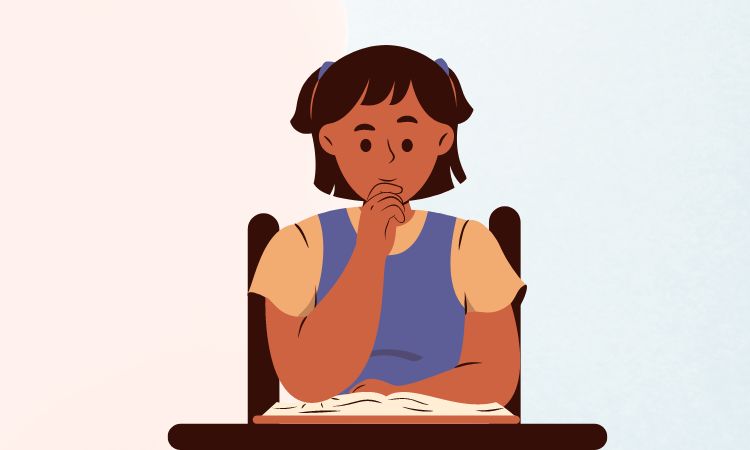
Imagery is a literary device that uses vivid descriptions to create pictures and evoke feelings through the use of descriptive language. It’s used to enhance the reader’s experience through powerful and impactful descriptions.
It evokes emotion, helps create a deeper connection to characters and plots, as well as creates an atmosphere that draws readers in and enhances their understanding.
Descriptive imagery allows you to engage with the story by using not only the author’s words but also your own imagination. The use of imagery can create a certain mood or tone that can further emphasize certain themes in literature.
For example, if an author wants to emphasize loss in a story, they might use imagery of death or desolation that will evoke feelings of sadness and pain in their writing.
Imagery is also important in painting, film, music, and other forms of art where visual elements are key components. In painting, imagery is important in conveying meaning through color, shape, and other techniques such as perspective and lighting.
When used properly, imagery can tell stories without relying on words or dialogue.
In music, imagery can be used to create soundscapes—vivid sonic landscapes that evoke different emotional responses from listeners based on what instruments are chosen.
Imagery in Literal and Figurative Language
Imagery can be used in both literal and figurative language, with each having its own distinct purpose and effect.
Literal language is the use of words to mean exactly what they say, while figurative language is the use of words to create a vivid mental image or emotion. With literal language, you convey your message in a pretty straightforward manner, providing specific details that describe a particular object or situation.
An example of literal imagery would be: “The bark on the tree was rough and brown”.
Literal imagery in writing gives readers an exact picture of what a tree looks like without any abstract interpretation. Unlike literal language which simply states what something is, figurative imagery paints a picture or expresses something using literary devices such as metaphors, similies, and other comparisons.
For example, you could say that compare someone’s strength to “an army of giants” rather than stating how strong they are in literal terms.
This helps readers connect with characters on an emotional level by creating powerful visual images in their minds.
Types of Figurative Language That Use Imagery
Figurative language is an important tool for authors, artists, and speakers to help their audience feel emotions and create mental pictures from their messages, music, and other creations.
Figurative language can be categorized into 8 main types of literary devices.
1. Metaphors
Metaphors are comparisons made between two unrelated objects or ideas in order to create a deeper understanding of one.
For example, someone might describe their anger as “a roaring fire” or “a storm brewing inside.”
This type of organic imagery in writing helps readers understand the character’s emotional state more deeply and creates a strong mental image that they can relate to.
2. Similies
Similes are similar to metaphors in that they make a comparison between two things but with the added difference of using words such as ‘like’ or ‘as’.
For example, someone might describe their excitement “like a kid on Christmas morning” or “as giddy as a schoolgirl.”
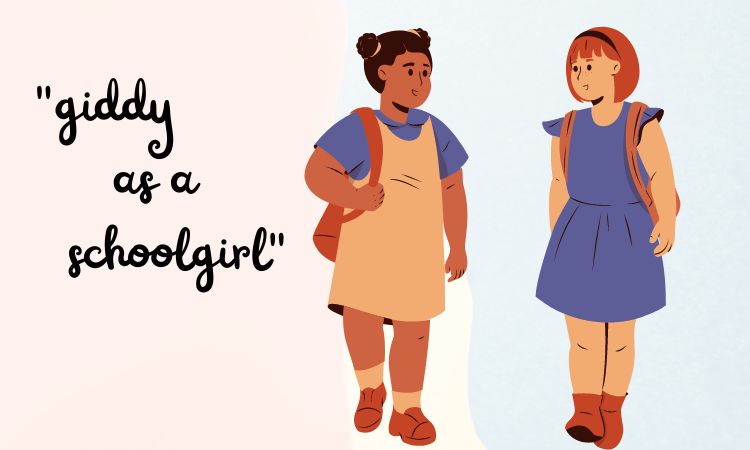
Similes are effective at creating vivid imagery because they compare tangible objects with abstract emotions, making them easier to visualize.
3. Personification
Personification is when you give human attributes or characteristics to non-human objects.
An example of olfactory imagery to demonstrate this would be “the wind was singing its mournful song” instead of simply describing it as blowing or breezy.
Personification allows readers to connect with characters on a deeper level by giving them life-like qualities.
4. Hyperbole
A hyperbole is a literary device that uses exaggeration to emphasize a point and create an impact.
For example, “the sun was hot enough to fry an egg” is a hyperbole that helps create a vivid mental image of a scorching hot day.
Hyperboles can be used with imagery to evoke emotions, create mental pictures, or highlight important qualities or characteristics.
5. Alliteration
Alliteration is the repetition of initial consonant sounds in a phrase or sentence.
For example, “the bubble burst in brilliant blues and greens” is an example of alliteration that creates a pleasing rhythm while also providing a vivid mental image.
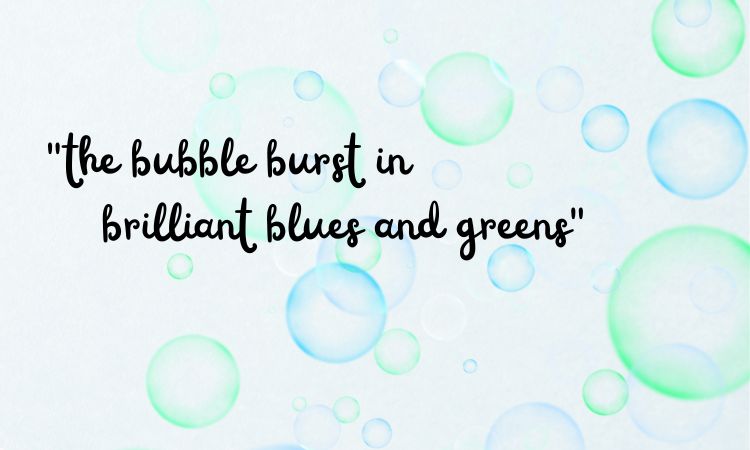
It is often used in writing to create a poetic rhythm and make marketing words more memorable, which is an example alliteration in itself!
6. Onomatopoeia
Onomatopoeia is the use of words whose sounds imitate or suggest their meaning. These words are used to evoke a certain emotion or create a vivid mental image.
For example, “the bee buzzed” evokes a strong mental image of the sound and movement of a bee.
It can be used to create imagery in writing by helping readers hear in their minds what is being described.
7. Idioms
Idioms are phrases or expressions that have a figurative meaning different from the literal meanings of their individual words.
For example, “it was raining cats and dogs” is an idiom that helps you visualize heavy rainfall.
They can evoke strong imagery by comparing two unrelated things in a creative way.
8. Symbolism
Symbolism is the use of symbols to represent ideas or concepts. For example, a dove can be used to symbolize peace, hope, and freedom.
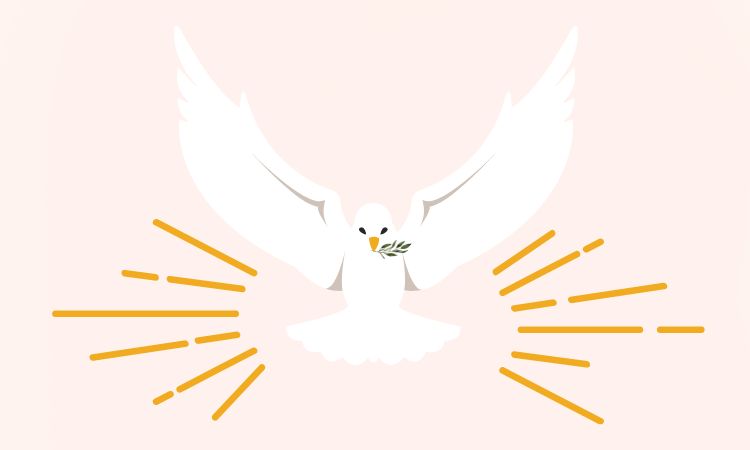
In literature, symbolism can be used to create powerful imagery that conveys meaning beyond its literal definition.
Types of Imagery + Examples of Imagery
Perhaps one of the best ways to understand how imagery is used is by diving into the different types of imagery and how they impact our senses.
Imagery appeals to the reader’s senses, helping to create vivid mental images in the reader’s mind.
Imagery can be divided into 7 main types: visual imagery, auditory imagery, olfactory imagery, gustatory imagery, tactile imagery, kinesthetic imagery, and mental imagery.
1. Visual Imagery (Sight)
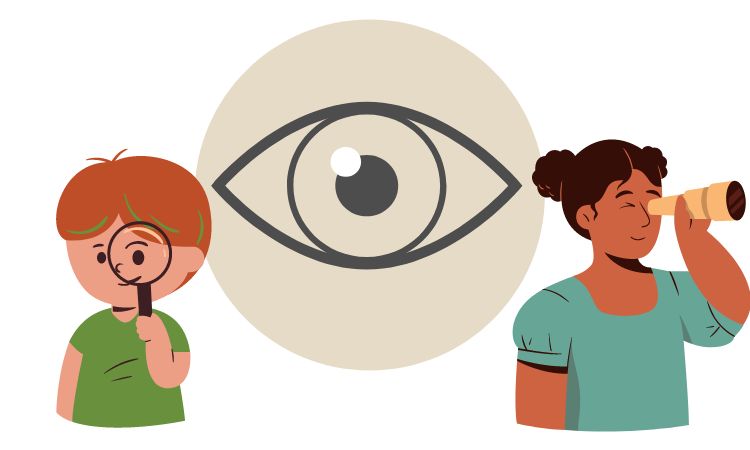
Visual imagery involves descriptions of sight. Writers often use visual metaphors and similes to create an image using descriptive language. They might describe a person as “a shining star” or a room as “ominous and dark.”
Visual images can also include personification such as describing the wind as having “fingers that brushed against her face like icy talons.”
These descriptions help create a more immersive and meaningful experience when receiving the message (or reading the story).
Examples of Visual Imagery
- The sun was a giant orange orb in the sky.
- The snowflakes glittered like diamonds.
- The trees swayed in the wind, their leaves resembling green flames.
- She had hair as golden as the sunrise.
- The snow covered the ground like a blanket of white velvet.
2. Auditory Imagery (Sound)
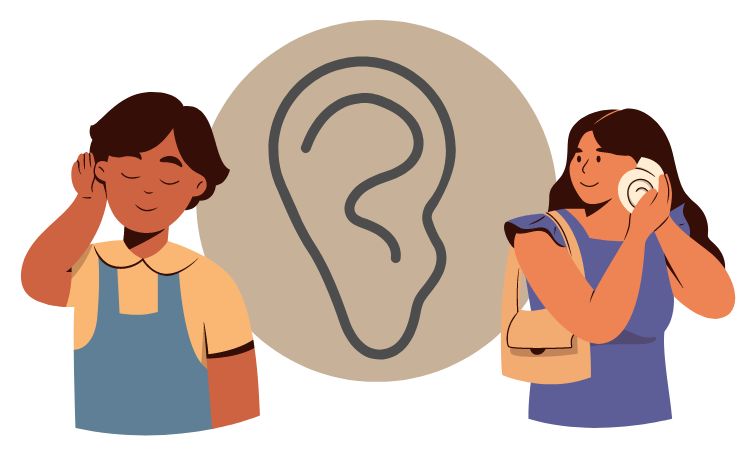
As you might guess, auditory imagery involves descriptions of sound. You could describe a character’s voice as soft or husky or describe birds chirping in the morning sky.
By recreating sounds in words, writers help the reader feel closer to their characters and experience whatever setting they are in more realistically.
Examples of Auditory Imagery
- The wind whistled through the trees.
- The waves crashed against the shore like thunderous drums.
- The sound of laughter echoed off the walls of the room.
- She heard a distant roar on the horizon.
- The clock ticked like a drumbeat in her mind.
3. Olfactory Imagery (Smell)
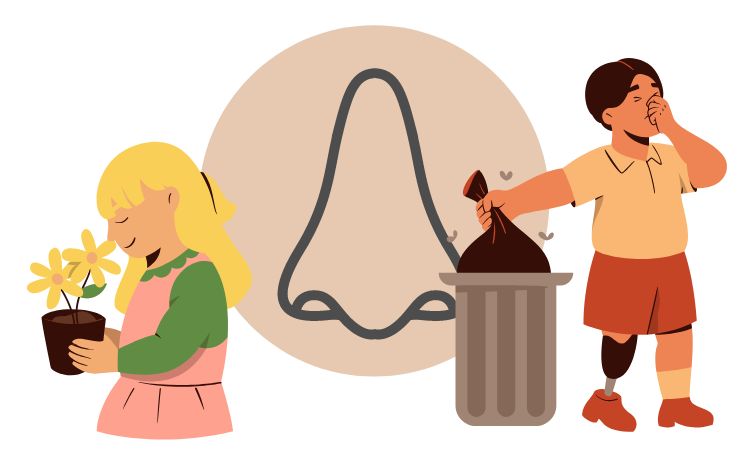
Olfactory imagery involves descriptions relating to the sense of smell. An olfactory metaphor can be used to describe someone’s perfume as being like “sweet honeycomb” or evoking a memory with a certain aroma such as “freshly-baked cookies wafting through the air” that triggers nostalgia for one’s childhood home.
Olfactory images can also be used to set the atmosphere by including descriptions of unpleasant smells such as sewage or burning rubber from car tires skidding on asphalt.
Examples of Olfactory Imagery
- She smelled something sweet and familiar, like freshly baked bread.
- The smell of fresh rain on asphalt brought back fond memories for him.
- The salty sea air blew in from the open window.
- The stench of rotting garbage was overwhelming in the alleyway at nightfall.
- She caught a faint, musky aroma coming from his cologne as he passed by her table.
4. Gustatory Imagery (Taste)
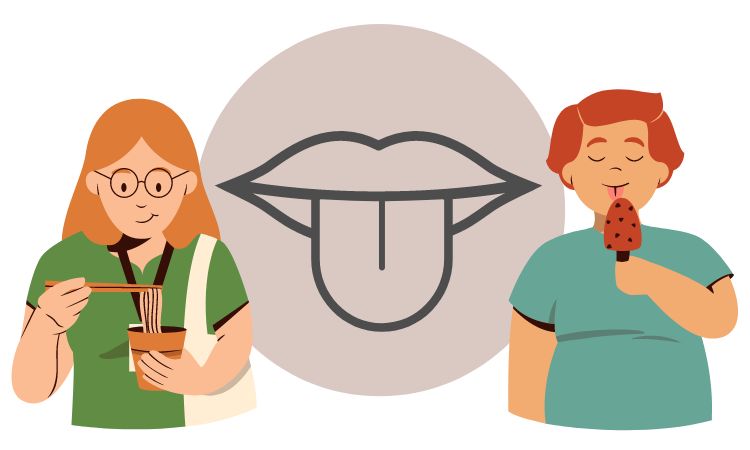
Gustatory imagery involves descriptions relating to the sense of taste. Connecting with the reader’s sense of taste often involves similes or other literary devices such as describing food as being “as sweet as nectar” or comparing one thing to another such as calling someone’s personality “tart.”
Gustatory images help readers get an idea about how things taste without having to actually try them.
Examples of Gustatory Imagery
- His kiss was sweet as honey.
- Her words were as bitter as lemon juice.
- The soup tasted like a warm hug in a bowl.
- She savored the steak, tender and juicy like velvet on her tongue.
- The cake was so rich it felt almost sinful to eat it.
5. Tactile Imagery (Touch)
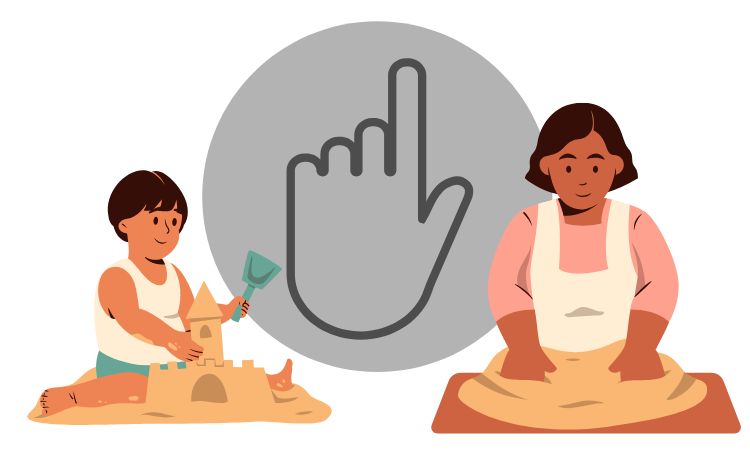
Tactile imagery involves descriptions relating to the sense of touch and texture. This connection to the sense of touch allows readers to imagine what something feels like when touched without actually touching it themselves.
You can use tactile imagery to describe fur being soft and luxurious, water feeling cold and refreshing on the skin during a hot day, or rocks being rough and jagged underfoot while hiking up a mountainside.
Tactile imagery allows readers to form their own impressions about the sense of touch without physically touching it.
Examples of Tactile Imagery
- The grass tickled her feet like soft velvet.
- Her skin felt cold and clammy from fear.
- His fingertips were rough against her cheek as he wiped away a tear.
- She shivered in the icy rain, feeling droplets of ice on her skin like tiny needles pricking her flesh.
- He ran his hands over the smooth surface of the marble table top until it felt almost slick under his touch.
6. Kinesthetic Imagery (Movement)

Kinesthetic imagery is a type of sensory imagery that involves descriptions of movement and physical sensations. It can be used to capture the feeling of a character’s movements, such as running or leaping through the air.
Kinesthetic imagery can also be used to describe how a person feels when they are in motion or how certain objects feel when touched.
Examples of Kinesthetic Imagery
- She felt her heart racing as she ran across the field.
- He jumped through the air, feeling like he was flying.
- Her hands trembled with anticipation when she touched his arm for the first time in months.
- He felt waves of energy radiating from her body as they danced together in rhythm to the music.
- She experienced a rush of adrenaline shooting through her veins when she saw how close they were to winning their basketball match.
7. Organic Imagery (Mental)

Organic imagery is a type of sensory imagery that involves descriptions of mental and emotional states. It is used to capture the feelings, impressions, or reactions experienced by a character in a story.
This can be done through verbal and non-verbal cues such as facial expressions, body language, and dialogue.
Organic imagery is often used in writing to help the reader understand a character’s inner thoughts, feelings, and emotions.
Examples of Organic Imagery
- She felt a wave of relief wash over her as the weight of the situation finally lifted.
- His fear was palpable as he stepped into the unknown.
- Her eyes burned with anger and hatred when she saw what he had done.
- He felt a sudden surge of joy when he saw his family after being away for so long.
- She felt an overwhelming sense of dread when she heard the news.
Examples of Imagery in Literature
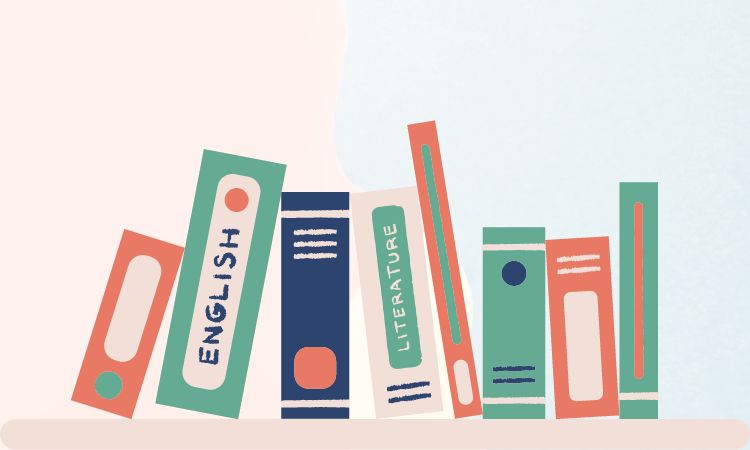
Here are some examples of poetic imagery and imagery in literature.
William Shakespeare
One of the most famous examples of imagery in literature can be found in William Shakespeare’s Romeo and Juliet, where he uses powerful imagery to convey the intense emotions between the two protagonists.
He talks of “love being a smoke made with the fume of sighs,” which evokes an image of love as something intangible and beautiful.
He also writes about “lightning being held within love’s soft jail,” which creates an image of love as a prison, showing how it can trap people against their will.
Charles Dickens
In A Christmas Carol, Dickens uses imagery to describe Bob Cratchit’s family home on Christmas Eve:
“The fireplace was so clean that not even a coal was on the hearth; while the bright fire crackled away in cheerful comfort.”
This description creates an image of warmth and joy in a humble home at Christmas time, showing how Dickens powerfully captured the essence of this special holiday period.
John Keats
The works of renowned poets such as John Keats are full of captivating imagery.
An example of kinesthetic imagery from Ode to a Nightingale is when Keats writes of being “transported beyond the sea of care,” which creates an image of a world where all worries and troubles can be forgotten.
Robert Frost
Robert Frost’s poem, Stopping by Woods on a Snowy Evening, paints a vivid picture of the beauty of nature under the moonlight and snowfall.
He describes the peaceful silence that surrounds him as he stands alone near the woods using olfactory imagery:
“The only other sound’s the sweep / Of easy wind and downy flake.”
Ernest Hemingway
In Ernest Hemingway’s novel, The Sun Also Rises, imagery is used to portray the sense of disillusionment and aimlessness experienced by the characters. He writes:
“The streets were white in the moonlight. The rain had stopped and it was cold. Everything looked dead as if the life had gone out of it.”
This description using mostly visual imagery creates an image of a cold, lifeless world that reflects the inner states of his characters.
Harper Lee
In Harper Lee’s, To Kill a Mockingbird, he uses powerful imagery to convey the atmosphere and mood of small-town Alabama during the 1930s.
She describes how the streets were “hot and breathless” on summer days (tactile imagery) and how the “shadow of a cloud passing across a moonlit night” (visual imagery) created an eerie atmosphere.
She also talks about how “the knotholes in the fence were like mysterious dark eyes staring at the children.”
These descriptions create powerful images that connect with the senses to help readers visualize and experience the setting of this classic novel.
FAQs About Imagery
Summary of Imagery Examples
Imagery is an important tool for expressing thoughts and feelings in a creative way and helping your audience connect with writing through the senses.
Whether it’s through literature, art, music, or film—the ability to create a strong image using description can be incredibly powerful and impactful when done correctly.
Imagery is an important tool for writers and artists alike because it helps create vivid mental pictures and evokes powerful emotions from readers that can further emphasize certain themes within literature or art pieces.
Using different types of figurative imagery such as similes, hyperboles, and other literary devices makes it easier for readers to understand concepts without getting lost in technical jargon or abstract concepts.
This allows them to connect with characters on deeper levels and experience whatever emotions are happening within the story in full force all at once!
Other Popular Literary Devices
If you’re looking to improve your writing, you can explore these other literary devices: